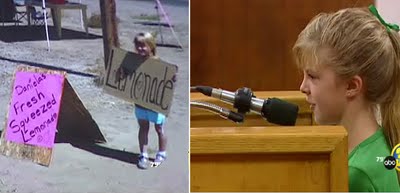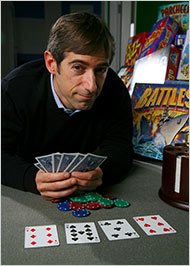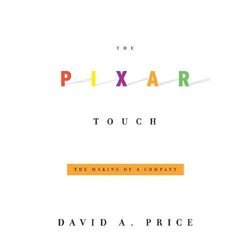(p. 212) Before returning to Los Angeles, Disney and Kimball also went to Dearborn, Michigan, outside Detroit, and visited a village of another kind–Henry Ford’s Greenfield Village, a collection of old and reconstructed buildings that included the Wright brothers’ bicycle shop and a replica of Thomas Edison’s laboratory. Greenfield Village, which Ford established in 1929, had a strong autobiographical element: many of its buildings were there because they had been significant in Ford’s life, as with the school he attended and the scaled- down replica of his first auto plant. Greenfield was, besides, a make-believe village, a mixture of buildings spanning centuries. There was no pretense, as at Colonial Williamsburg, of re-creating the past.
Disney had visited Greenfield Village at least once before, in April 1940, but this time he returned to Burbank with his imagination stimulated. He was thinking now beyond a miniature train for his own home. He drafted a memorandum on August 31, 1948, in which he set out in detail what might go into a “Mickey Mouse park” on the sixteen acres the studio owned across Riverside Drive. Ford’s influence can be felt in Disney’s description of an idyllic small town, anchored by a city hall and a railroad station. There would have been a specifically Disney presence in the park only through a toy store that sold Disney toys and books and a shop where Disney artists could sell their own work.
Disney had been talking about a park of’ some kind, on the studio lot or adjacent to it, for years, perhaps since the late 1930s, the idea being to have something to entertain visitors to a studio that was otherwise very much a workaday place. For the studio to embark on such a project in 1948 was irnpractical, though, given its financial condition, and Disney’s memo had no immediate consequences.
Source:
Barrier, Michael. The Animated Man: A Life of Walt Disney. 1 ed. Berkeley, CA: University of California Press, 2007.









